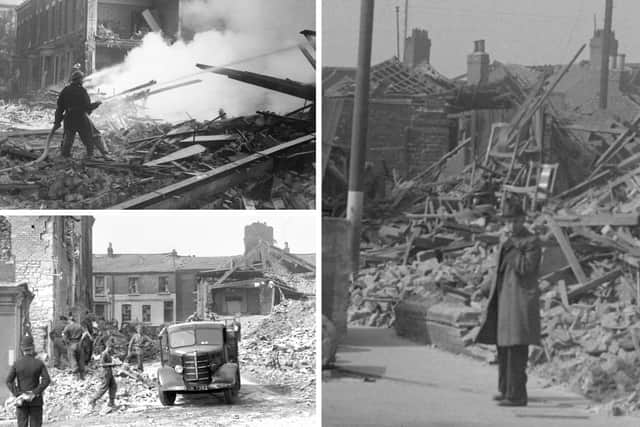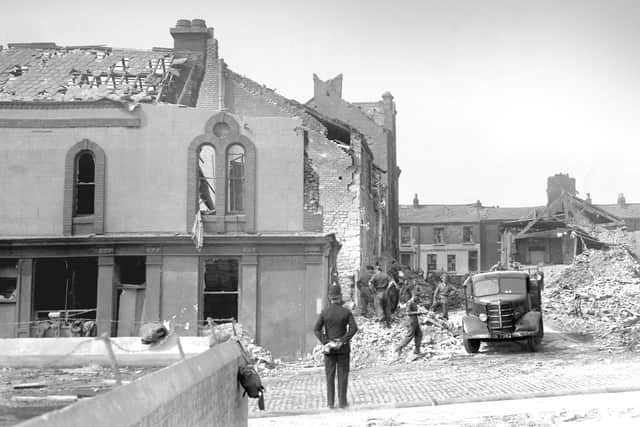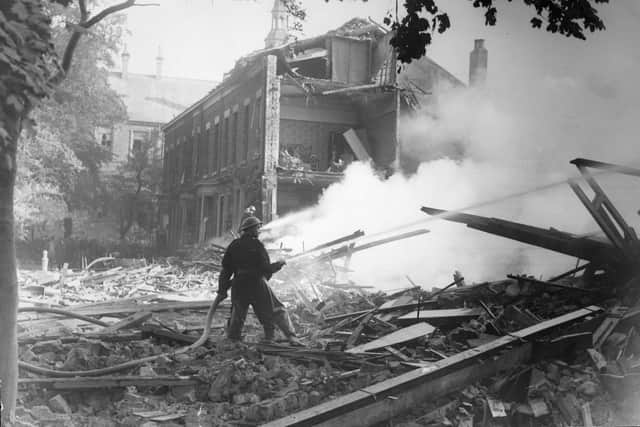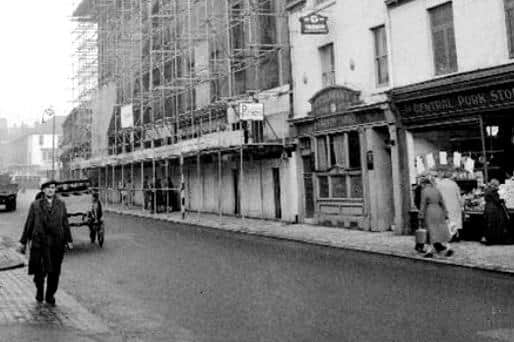Sunderland in 1943: 75 dead, 200 homes destroyed - the night Sunderland was on fire 80 years ago
and live on Freeview channel 276
German air raids were a terrifying and devastating experience for Wearside throughout the Second World War. But the last two of them were the most tragic, and Philip Curtis from Sunderland Antiquarian Society tells us more.
Sunderland was attacked many times by enemy bombers. Their targets were the shipyards and bridges. May 1943 saw the final German raids on Sunderland, even though there were still two years of the war left. Two of them caused significant damage and heavy casualty toll from the high explosive bombs.
The night that 75 people died


Advertisement
Hide AdAdvertisement
Hide AdOn May 16, high explosive bombs as well as mines and 1,300 incendiary devices fell on the town and 75 people were killed. Thankfully, 30 of the bombs didn’t explode.
The sirens began at 1.40am and the first bombs fell at 1.58am. That night, almost 200 houses were completely destroyed and many more were seriously damaged. Shops, pubs, commercial and industrial buildings were all wrecked.
Fulwell was badly hit including Atkinson Road, Rosedale Terrace, Cairns Road, and the Railway Crossing. Roker and Monkwearmouth (in Whitburn Street and Waterloo Place) quickly followed.


‘Great showers of sparks floated across the town’
The King’s Theatre in Crowtree Road was gutted in a fierce blaze which sent great showers of sparks floating over the town. The shell remained until its demolition in 1954.
Advertisement
Hide AdAdvertisement
Hide AdBright Street Methodist Chapel in Monkwearmouth was also severely damaged along with a number of industrial premises, including Fenwick’s Brewery in High Street East.
Casualties on a similar scale were reported eight days later. Bombs fell from 3am and one of the first buildings to be hit was The Bromarsh cinema, which stood on the north east corner of Wearmouth Bridge. This was the building where the very first moving pictures were shown in the town. Three people died and many others were trapped in the shelter there. The nearby Williamson Terrace Methodist Chapel was also severely damaged.


In High Street West, J.F. Strother’s block of shops, which stood on the site where Marks & Spencer would eventually be built, was struck. Another heavy bomb fell near the Empire Theatre shattering a water tank. The metal pieces were flung up in the air.
Metal was flung in the air
One piece lodged in the roof of the Dun Cow Hotel and another was thrown across High Street.
Advertisement
Hide AdAdvertisement
Hide AdIn one house, a Morrison shelter was blown across the room but the family underneath it escaped without a scratch. Schools were also damaged including the private school, Argyle House.


In St George’s Square, one bomb left wreckage and bodies were still being recovered two weeks later.
A direct hit on an air raid shelter – 12 died
At Hendon, an air raid shelter suffered a direct hit and 12 people were killed. Ten more were badly injured. Those were the final raids but when the war was over, the Government said Sunderland was one of the seven-most bombed towns in the country.
Thanks to Philip for sharing further details about this dark time in Sunderland’s history. Visit the Antiquarian Society’s Facebook page or its website here for more information about the group and its work. To apply to become a member, email [email protected].
